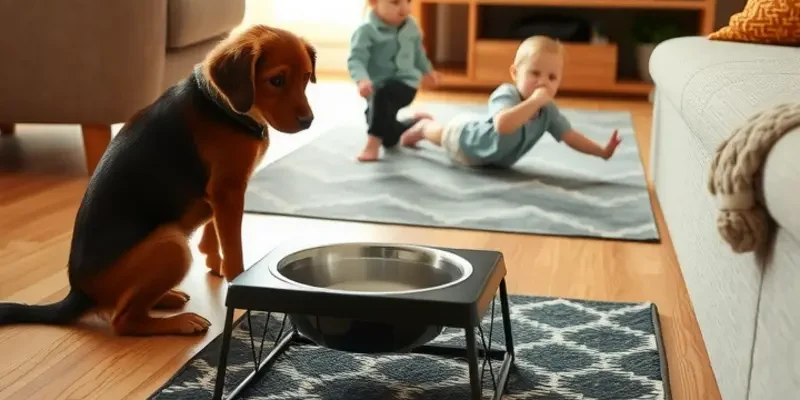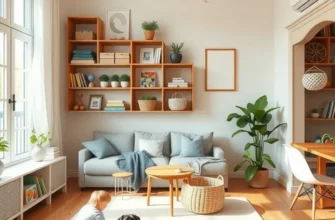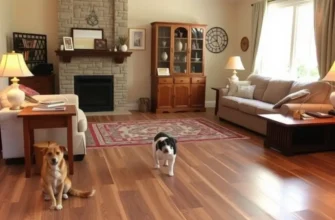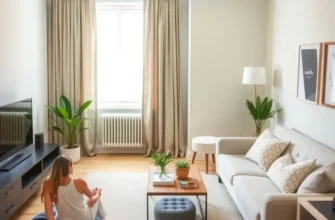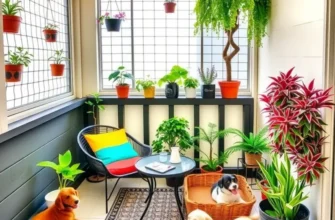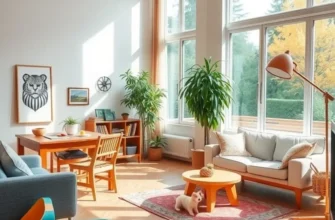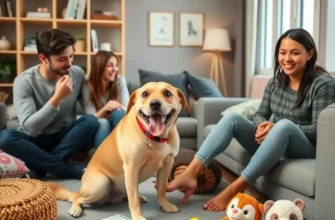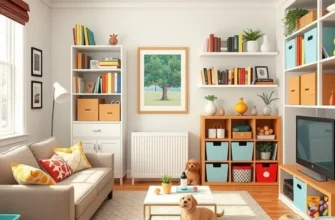For families, couples, and renters with furry companions, setting up a pet feeding station can be a delightful yet practical challenge. In apartments, space is often limited, making it essential to design a pet feeding area that is safe, comfortable, and fits seamlessly into your home’s decor. A well-organized feeding station not only keeps your pets and kids safe but also adds a touch of charm to your living space. Understanding the needs of both pets and children, while considering your apartment’s layout, these pet feeding station ideas aim to provide guidance for all pet lovers. From choosing the right spot to incorporating stylish feeding bowls, we will unravel various solutions that will enhance your life with pets. Caring for our beloved animals can come with its complexities, but with a little creativity, it can also be a rewarding experience that benefits the entire family.
Choosing the Right Space: Safety Meets Functionality
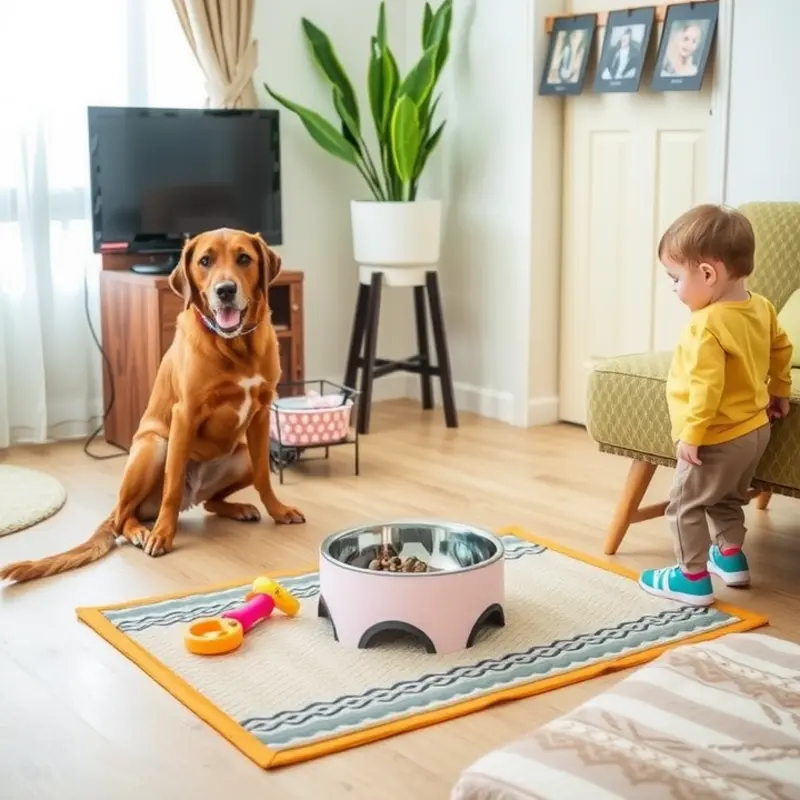
Selecting the perfect spot for your pet feeding station involves a balance of functionality, safety, and convenience. In an apartment, where space can be limited, it’s important to consider both the layout and the needs of your furry family member and broader household dynamics.
Location Matters:
Begin by assessing high-traffic areas. While placing the feeding station in the kitchen or hallway seems convenient, these areas can often become crowded, posing a risk for both pets and humans. Look for a quieter corner that provides your pet with a sense of security while eating, free from disturbances. This could be a nook in the living room, or a corner of the dining area that remains out of the main traffic flow.
Safety First:
Consider your pet’s mobility. For cats, elevated spaces like countertops or tables might seem like ideal spots. However, it’s crucial to ensure these areas are safe and your feline friend can access them comfortably. Conversely, for dogs, a ground-level area is more suitable. Be mindful of electrical outlets and chords that pets might chew on. This is particularly important if you’re considering a feeding area near the kitchen. Consistently assess these risks, and adjust the setup as your pet grows or as new hazards appear.
Child-Proofing:
If you have children, choosing a spot that minimizes spillages and avoids tripping hazards is essential. A location where your child is less likely to trip over the food and water bowls will create a safer environment. An area that can be easily sectioned off with a pet gate can also prevent youngsters from playing with food bowls or helping themselves to pet snacks.
Maintain Accessibility:
The area should be easily accessible for daily cleaning and refilling of food and water bowls. Convenience influences not only the feeding times but also cleanliness practices. Keeping a mat beneath the feeding station can help manage spills and make cleaning easier. Ensure it’s a non-slip mat to prevent bowls from sliding and causing additional mess.
Multifunctionality Tips:
In a compact apartment, consider integrating the feeding station with a piece of furniture. A bench with storage capabilities can offer a spot for the bowls underneath, while the top can serve as a functional counter space. This kind of dual-purpose arrangement maximizes your usage of the space without sacrificing your pet’s comfort.
By carefully choosing and setting up a feeding area, you create a nurturing and organized environment for your pet. This thoughtful placement not only benefits your pet but enhances the overall harmony of your home. For more ideas on creating a pet-friendly apartment environment, check out pet-proofing tips.
Stylish Feeding Solutions: Blending with Your Home Decor
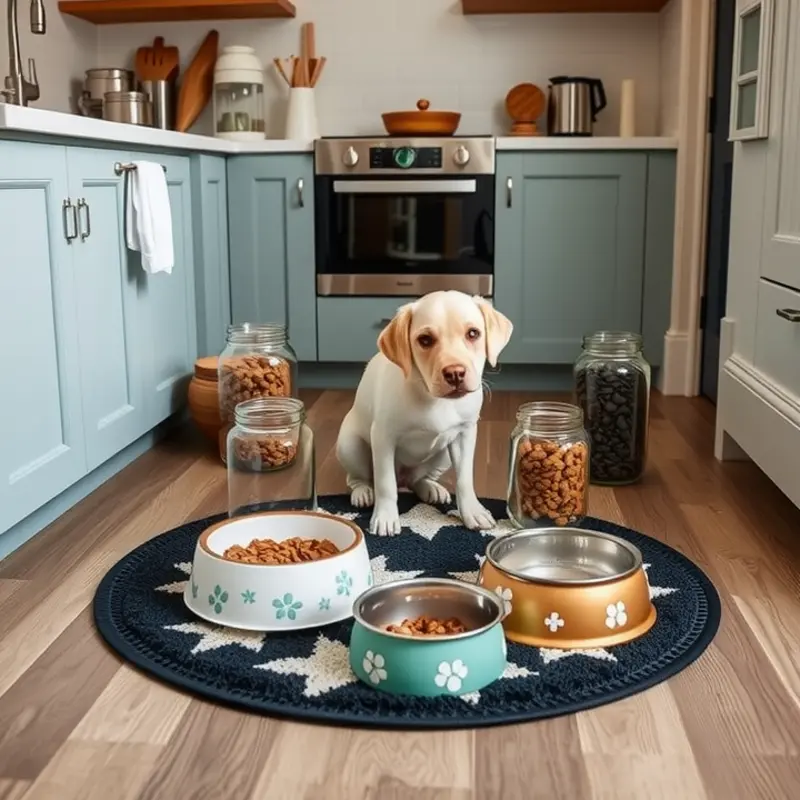
Finding the right pet feeding station that aligns with your apartment’s aesthetic doesn’t mean sacrificing functionality. There are numerous designs for feeding bowls, each aiming to harmonize with your existing decor while ensuring your pet’s needs are met safely and hygienically.
Traditional Ceramic Bowls: These are classics for a reason. Ceramic bowls come in a wide range of colors and patterns, allowing you to select designs that complement your home’s color palette. They are heavy enough to prevent tipping and are easy to clean, offering a hygienic option for your pet. However, it’s essential to inspect them for cracks that could harbor bacteria.
Stainless Steel Options: For those leaning towards a modern minimalistic look, stainless steel bowls are the way to go. They blend well with sleek kitchen appliances and are incredibly durable and resistant to bacterial buildup. Some styles come with rubber bottoms to prevent slipping, a handy feature if your pet tends to nudge their bowl while eating.
Elevated Feeders: These are excellent for pets that benefit from raised bowls, which can reduce strain on their necks and improve digestion. They often come in stylish wood or metal frames that can match various interior styles, from rustic to industrial. It’s crucial to ensure that the materials are pet-safe and that the feeder is stable to prevent tipping.
Colorful Silicone Bowls: If your decor is more playful and vibrant, consider silicone bowls. They come in various colors and are incredibly versatile, easy to clean, and particularly great for travel. While they are usually lighter, opting for a design with a non-slip bottom will help them stay in place.
Storage solutions for pet food can also reflect your decor style while maintaining hygiene standards.
Decorative Food Storage Bins: These bins, often crafted from metal or bamboo, can sit out in your kitchen or pantry as an appealing piece of functional decor. They come in various shapes and finishes, allowing you to match them with other kitchen elements like countertops and cabinets.
Stackable Containers: Ideal for smaller spaces, stackable containers in a transparent material can be both practical and stylish. They offer an easy view of contents, ensuring you’re never caught off guard by an empty food supply. Look for containers with airtight seals to keep food fresh and safe from pests.
When designing your pet feeding station, remember to prioritize apartment pet-proofing techniques to ensure your furry friend is safe and your decor remains unscathed. Visit this guide on pet-proofing tips for comprehensive advice.
Ultimately, creating a feeding space that reflects your style and meets your pet’s needs requires a thoughtful approach. By considering both design and utility, you can create an inviting and efficient space that aligns with your lifestyle and interior design scheme.
Final words
Establishing a pet feeding station in your apartment is an opportunity to create a space that is both functional and visually appealing. By choosing the right location and incorporating stylish feeding solutions, you can ensure that mealtime is safe and enjoyable for both your pets and your family. With these thoughtful pet feeding station ideas, you’re not just organizing an essential part of your routine; you’re enhancing the lives of your pets and making your home a better place for everyone. Remember, creating a harmonious living environment that caters to all members of your family can foster a sense of belonging while providing peace of mind.

